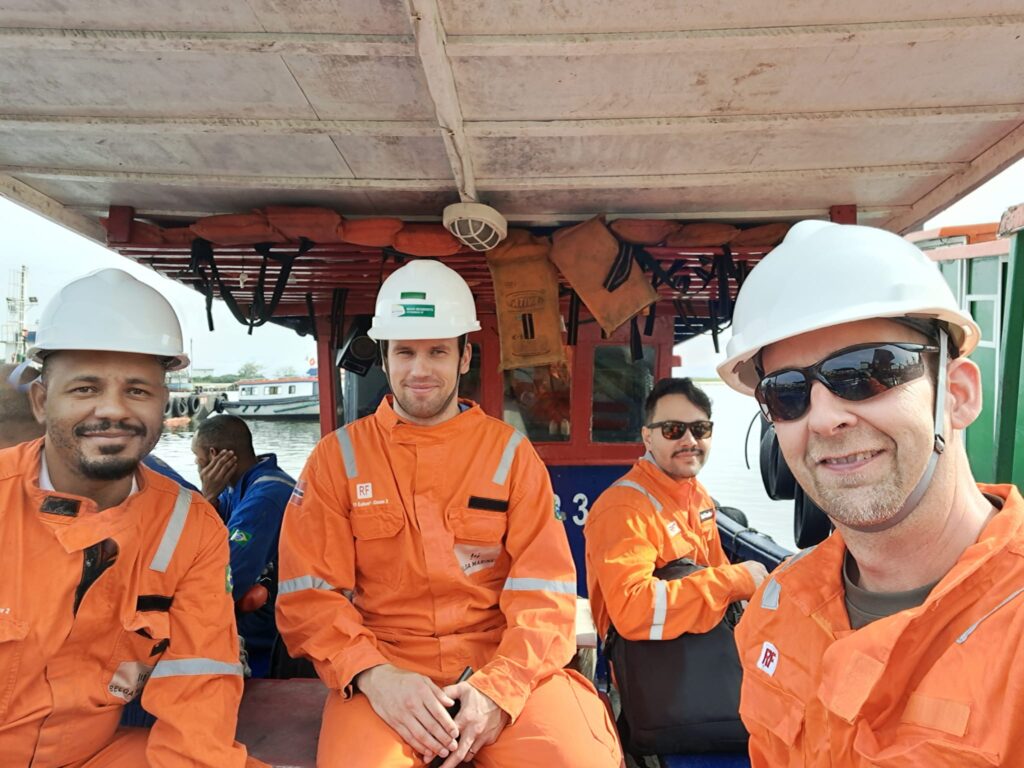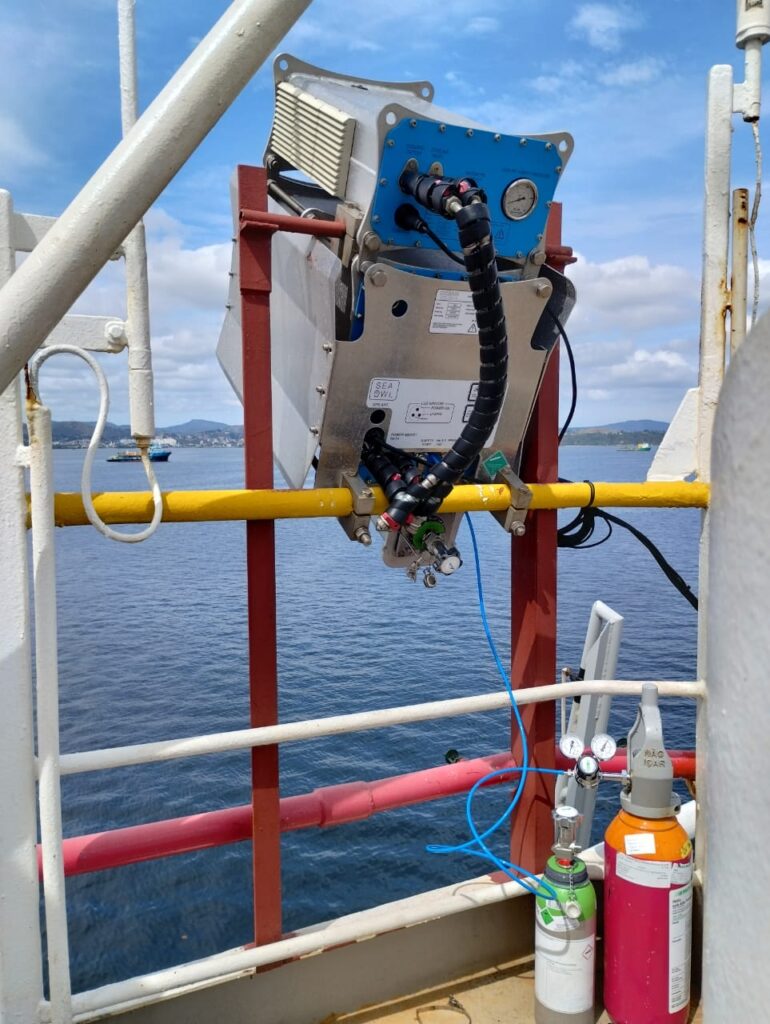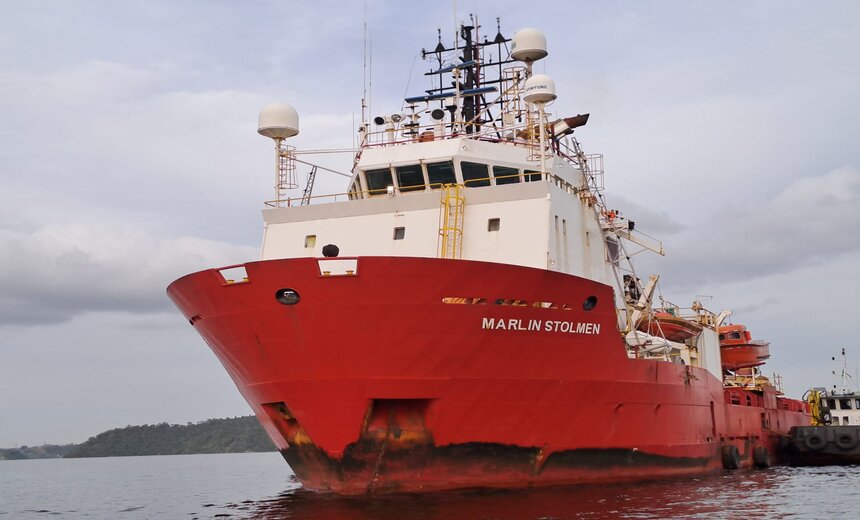Together with the Belga Marine crew, Ocean Visuals carried out the installation of a SEA OWL™ sensor system for Petrobras on board the Oil Spill Response Vessel (OSRV) Marlin Stolmen.

Working closely with the Petrobras R&D Remote Sensing team since 2018, Ocean Visuals has designed a sensor system that incorporates Petrobras’ wanted position in the detection, verification, and classification of oil in water, in real-time.

The sensor was installed aboard “Marlin Stolmen”, an Oil Spill Response Vessel (OSRV) operated by the Bravante Group in Brazil. The vessel typically operates in offshore fields on behalf of Petrobras. The Petrobras R&D Center (CENPES) has a group that evaluates and builds new technologies for safety and the environment, where Dr. Cristina Maria Bentz develops research in the field of remote sensing. One of the focuses is to evaluate and create new tools for the detection, verification, and classification of oil in water in real-time, without having to manage water samples to be sent to a laboratory.

To achieve this goal, in addition to field tests, a custom oil library is being built. The Ocean Visuals team works closely with the Petrobras Remote Sensing team and trained them in acquiring the spectral signatures of several known types of oil.
The spectral signatures will be stored in a database inside the SEA OWL™ lidar sensor aboard the vessel. Once the sensor detects a combination of hydrocarbon molecules in the water, that spectral signature is compared with the signature residing in the database. This way, real time detection, verification, and classification of oil type will be performed, autonomously. “We see a lot of potential benefits from using this technology”, says Dr. Cristina Maria Bentz of Petrobras R&D. First, the time and cost-saving to verify suspicious features in real-time, without oil or water sampling, decreased false alarms. Second, the evaluation of oil type, concentration, and/or thickness. And third, the promising detection of oil in the water column to the depth of laser penetration.

